
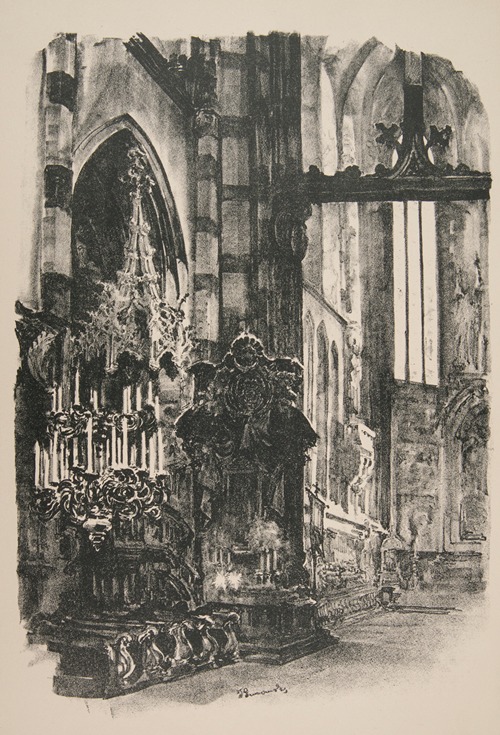

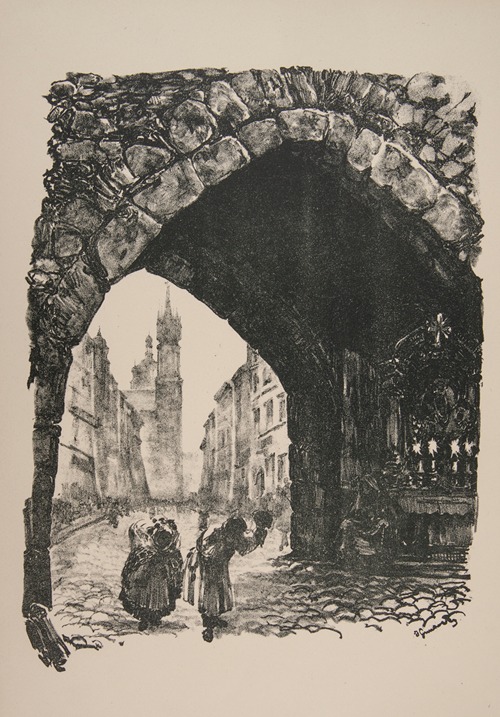

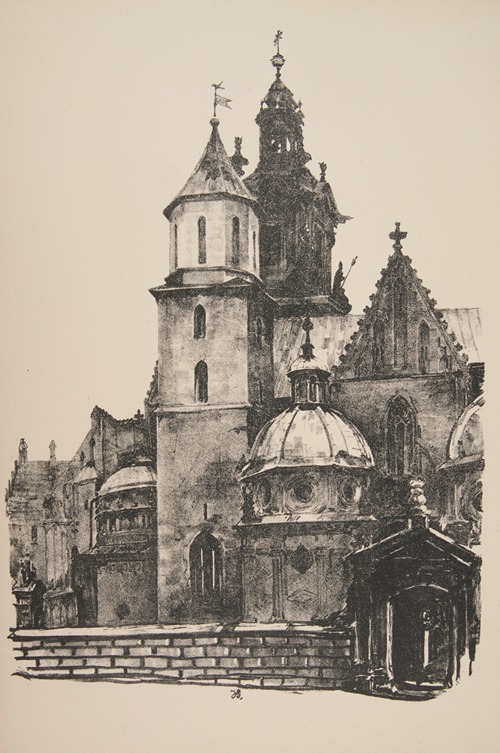
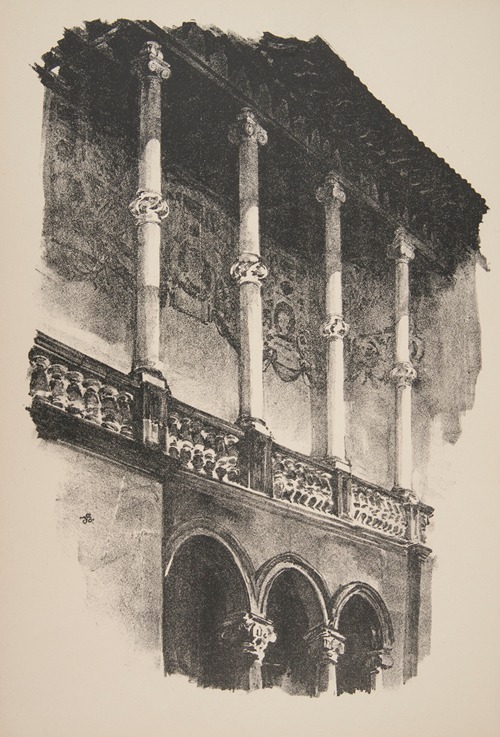
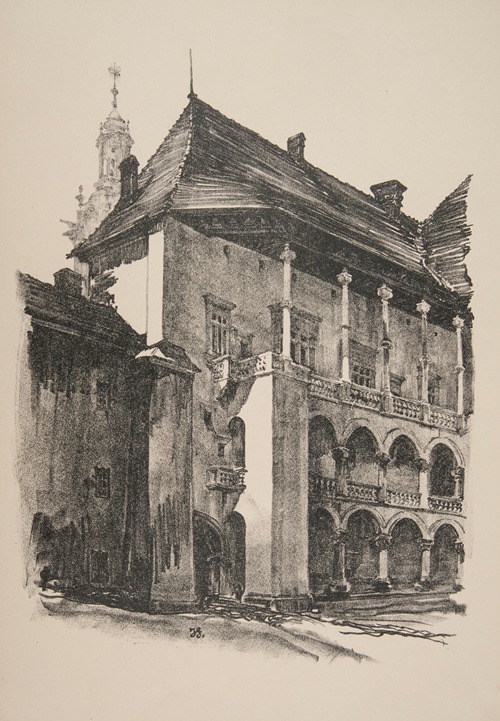
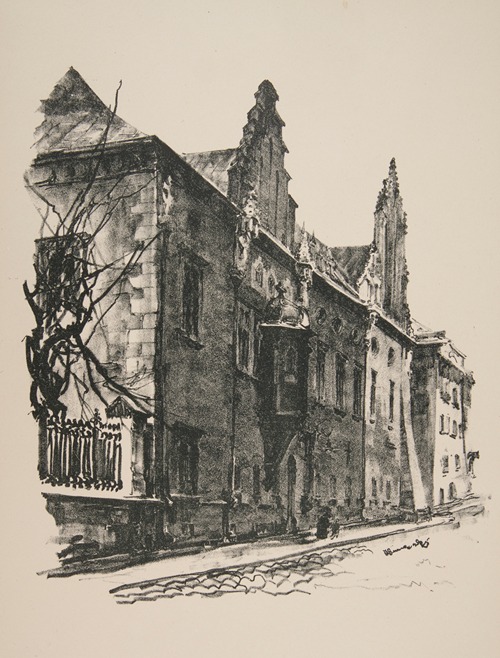
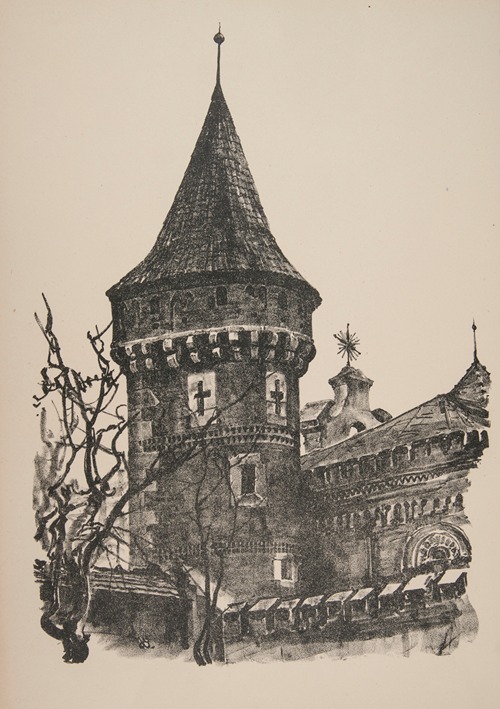
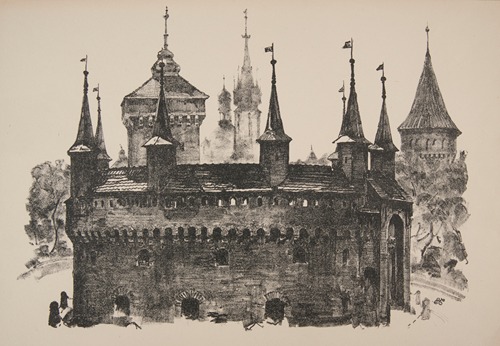
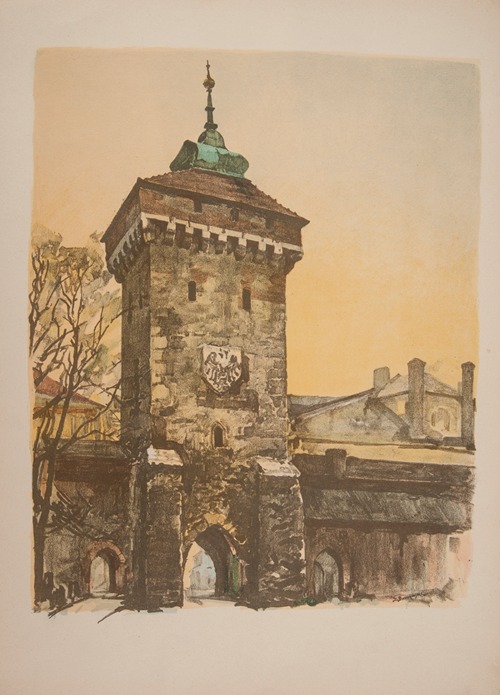
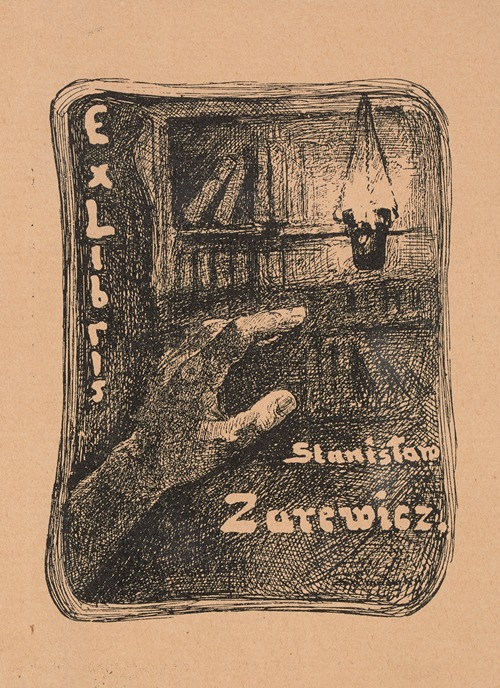
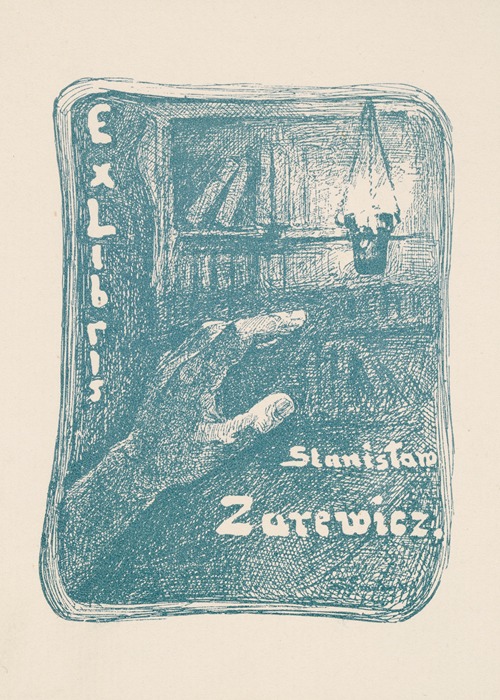
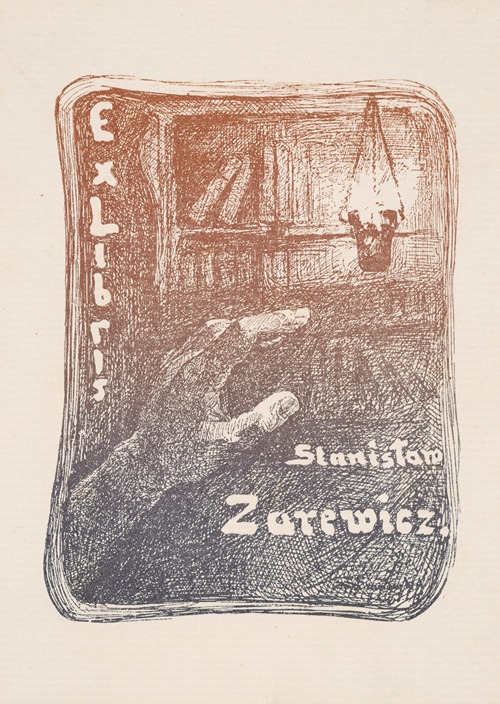
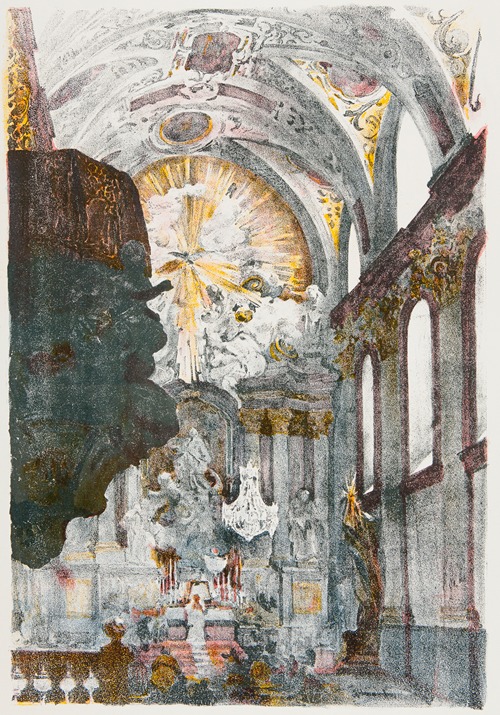
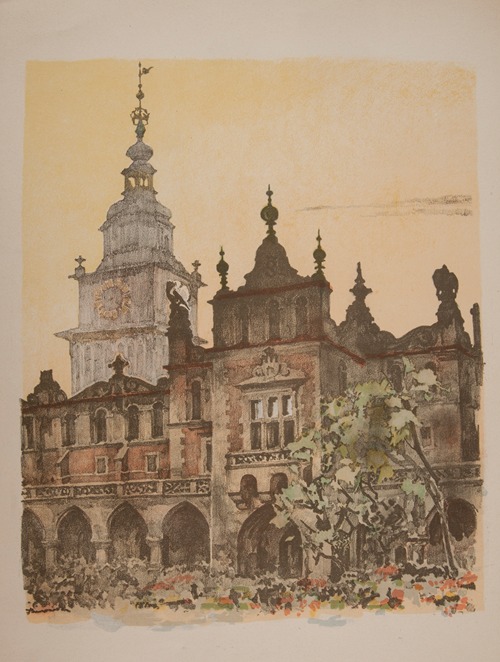
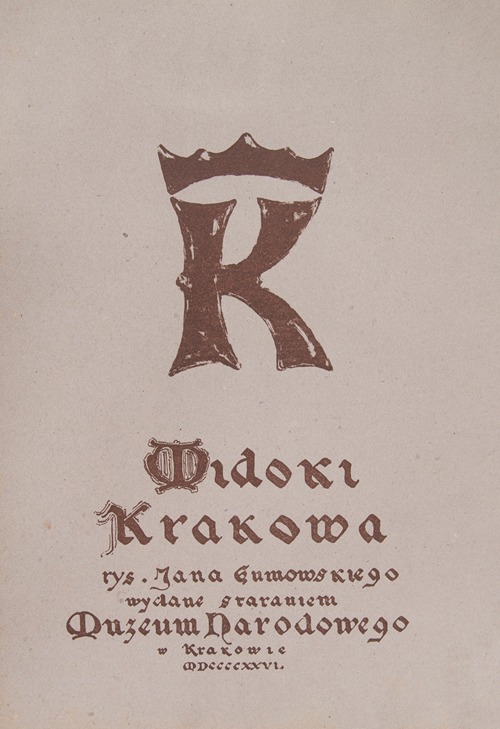
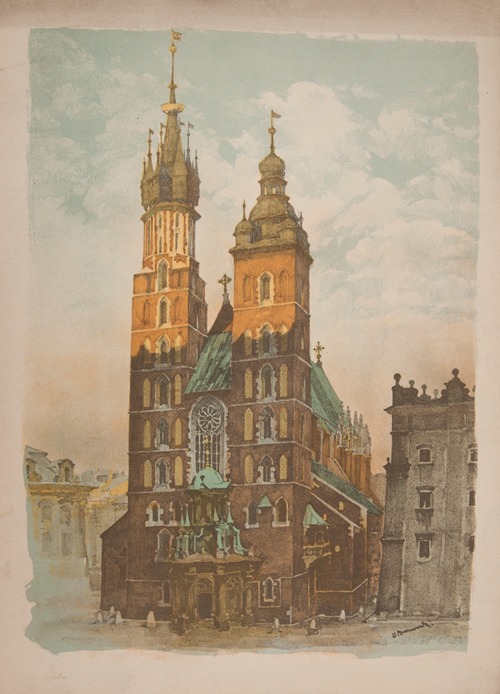


Jan Kanty Gumowski was a Polish painter, graphic artist, and illustrator.
He was born into the family of Franciszek Gumowski, a doctor, and Józefa née Stehr, and was the brother of Marian, a historian and numismatist. After graduating from high school, he studied at the Higher School of Industry in Krakow for two years. In 1902, he began his studies at the School of Fine Arts, where, under the guidance of Józef Mehoffer, he developed his characteristic style of drawing. His outstanding achievements during his studies were recognized with a silver medal in 1905 and awards for his evening drawings in 1906 and 1907.
While studying, Jan Kanty Gumowski worked at the National Museum in Krakow and the Archives of Old Records, where he carried out an inventory of historical artifacts. Among other things, he was involved in the reconstruction of royal insignia. After graduating, he left for Warsaw for a short time, where he found employment in F. Białkowski's stained glass studio. After returning to Krakow due to financial difficulties, he took up a position as a drawing teacher at the State Industrial School. He also continued his studies under the guidance of Konstanty Laszczka.
Thanks to a scholarship awarded by the Czartoryski family in a competition organized by the Society of Friends of Fine Arts, he left in 1911 for a year of study in Florence, and then to Munich and Paris. He returned to Krakow in 1914, when he became a member of Strzelec, where he took the pseudonym Rolicz. After the outbreak of World War I, he joined the Polish Legions and became a member of the First Brigade. Initially, he was a non-commissioned officer in the military police, and then a sergeant. He fought in the Battle of Kostiuchnówka and during the skirmish at Jezioma. In 1917, he was promoted to ensign in the 2nd Infantry Regiment under the command of Michał Żymierski. In the fall of 1917, he joined the Center for the Reconstruction of Galicia, where he became an architecture officer. In 1918, he was part of the crew of the armored train “Piłsudczyk,” and later fought in an operational group commanded by General Aleksander Karnicki.
From July 1920, he was assigned to the 13th Regiment of Vilnius Uhlans, and later, with the rank of captain, to the 22nd Regiment of Uhlans. He received the following military decorations: “For Faithful Service,” “Przemyśl Star,” “Armored Piłsudczyk,” and “Cross of Independence” (in 1937). After leaving the army, he settled in Krakow. During World War II, in April 1942, he was arrested and imprisoned in Auschwitz, from where he was released after two weeks thanks to the intervention of a high-ranking Nazi whom Jan Kanty Gumowski knew from his studies in Munich. It soon turned out that he was terminally ill, and he died on November 6, 1946, and was laid to rest in the tomb of his friends, the Malinowski family, at the Rakowicki Cemetery.


















